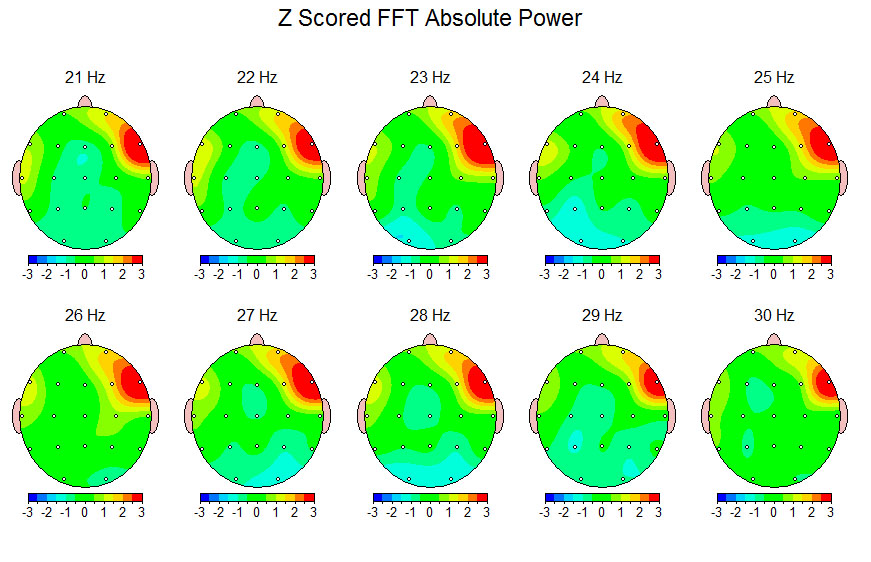

Linguistic tasks patients perform include generating words that begin with a certain letter, completing sentences and word associations. “We use imaging beforehand to map out functions so the surgeon can take that into account as they plan the surgery.” “When any kind of brain surgery is going to be done, it’s important to avoid areas that house non-recoverable functions as much as possible,” said Wilson. The map is then presented to neurosurgeons, informing them of vital functional areas that need to be approached with particular caution. These levels indicate which areas of the brain were used by the patient to perform the task. Pictures of the brain are taken while tasks are performed, leaving Morgan, Newton and Wilson with a map that shows increased blood oxygen levels in certain areas. Operations are invasive and involve many unknowns, but Morgan, Newton and Wilson believe that pre-operative brain mapping can make surgeries safer and help calm some of those fears.īrain mapping, also called functional imaging or functional MRI, is a procedure where patients perform different linguistic and motor tasks while in an MRI scanner. Patients are often overwhelmed or scared after finding out they need to undergo brain surgery. Victoria Morgan, PhD, and Allen Timothy Newton, PhD, both biomedical engineers and faculty of the Department of Radiology and Radiological Sciences, have teamed up with Stephen Wilson, PhD, associate professor of Hearing and Speech Sciences, to offer brain function mapping services to Vanderbilt brain surgeons and their patients. The making of additional copies is prohibited.Allen Timothy Newton, PhD, Victoria Morgan, PhD, and colleagues perform MRI brain mapping scans for patients prior to brain surgery. The reader is permitted to make one copy of the information displayed for his/her own non-commercial use. The information, content and artwork provided by this website is intended for non-commercial use by the reader. Neither The George Washington University Hospital, or any of their affiliates, nor any contributors shall have any liability for the content or any errors or omissions in the information provided by this website. Remember: There is no adequate substitution for a personal consultation with your physician.
#BRAIN MAPPING PROCEDURE PROFESSIONAL#
Your individual health status and any required medical treatments can only be properly addressed by a professional healthcare provider of your choice. The information on this website is provided as general health guidelines and may not be applicable to your particular health condition.

(UHS), a King of Prussia, PA-based company, that is one of the largest healthcare management companies in the nation. The George Washington University Hospital is owned and operated by a subsidiary of Universal Health Services, Inc. Subsequent surgery can then minimize any damage to the brain that might compromise normal function. These verbal reports and physical clues allow the surgeon to carefully plot a three-dimensional map of the brain and to pinpoint areas of disease or injury. Sensations can be as specific as seeing an image (in response to stimulation of the visual cortex), to a feeling of déjà vu, to the movement of an arm or leg. Because he or she is conscious during the procedure, the patient can report sensations in response to stimulation of specific brain areas. Awake craniotomy requires temporary removal of a portion of the skull to allow the surgeon access to the outer portion of the brain, or cerebral cortex. This painless, but major, open brain surgery can lead to excellent outcomes by preserving critical brain functions.īecause the brain itself does not sense pain directly, an awake craniotomy can be performed while the patient is under local anesthesia. In this procedure, surgeons electrically stimulate regions of the brain while the patient is awake to create a map of areas that should be avoided during surgery, such as areas that govern speech and movement. To prepare for surgeries that target brain tumors or epilepsy, or for placement of devices such as a deep brain stimulation (DBS) implant, "awake" craniotomy is performed to determine which areas in the brain are responsible for certain functions. Interventional and Therapeutic Neuroradiology Center.GW Heart (Cardiology and Cardiac Surgery).


 0 kommentar(er)
0 kommentar(er)
